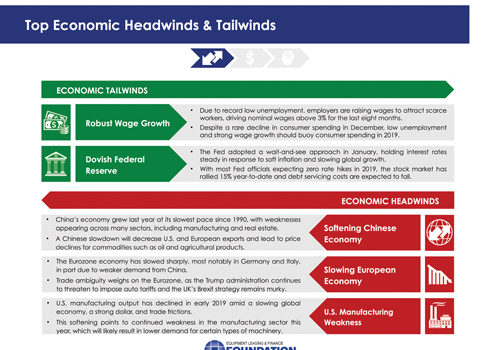 By Travis Melchior
By Travis Melchior
Going green is becoming a directive more than a movement, especially here in Canada.
The Canada’s Changing Climate Report (CCCR), released April 2, 2019 by Environment and Climate Change Canada, states that we are experiencing overall warming at twice the global average. Average precipitation is projected to increase across most of Canada, and extreme high temperatures will increase in frequency and intensity.
Changing how businesses operate
The importance of making changes to the way companies do business cannot be overstated. Improving fuel efficiency and finding alternative power sources are imperative for helping minimize the ecological impact of transportation. But there are simpler ways that businesses can make a large impact on green initiatives, while also improving profit margins and operating more efficiently.
New technology plays a big role in changing the way businesses operate. Advancements in end-to-end financing software automate many of the manual tasks that used to burn valuable time and cost lessors a lot of money.
Two of the most impactful developments in software technology, which also affect the environment, are the introduction of electronic document management systems (EDMS) and the growing use of e-signatures.
In the U.S. it has long been estimated that the average office worker uses 10,000 sheets of standard printer paper each year1. In our industry, that number goes up dramatically as many of us rely on large document packages to sign leases and loans and keep track of physical assets.
Think about how many pages your company uses in order to sign a new customer or renew equipment finance agreements. Multiply that by how many applications you receive, document packages you present and the customers you serve that stack of paper grows fast.
The 2016 census report from Statistics Canada indicated that the number of people who reported full-time employment in business, finance and administrative occupations in 2015 was just over 1.6 million. If we assume even one million of those people were using 10,000 standard printer pages a year, as in the U.S. that is 10 billion sheets of paper used in one year or about 100,000 tons of paper. When one ton of paper takes 12-24 trees to produce2, that results in 1.2-2.4 million trees harvested each year for standard office paper alone.
Imagine the impact if half of those people leverage new technology by moving to EDMS and e-signatures in order to process all their paperwork instead of printing it all out? One global e-signature software provider stated on a blog that its network saved over 436 acres’ worth of forest in 2016 alone3. At 100-200 trees per acre, that amounts to over 43,000 trees were saved in one year.
Many equipment financing companies utilize multiple systems to manually keep track of proposals, origination agreements, insurance and credit reports and other customer documentation. Crossing multiple systems opens up the risk of data entry errors, while redundant data entry processes cause businesses to lose valuable time.
Employing EDMS that are part of an end-to-end solution allow lessors to enter customer information one time. That information populates across multiple documents in a package without having to key it in for each instance. The solutions save time and money and helps protect the environment all at once.
Transportation equipment leasing benefits
Using EDMS and e-signatures have strong particular benefits in the commercial transportation sector. These lessees often operate on the road. That makes it challenging to send, sign and receive paper documents. Lessors will wait days, even weeks, to get back those wet-ink copies.
Being able to generate document packages at the click of a button, sign agreements remotely and turn contracts around within hours makes it easier for these customers to do business with you. You are sure to stay in your customer’s mind for future purchases. The environment is not the only one that profits with more efficient technology.
One final way EDMS can improve business operations is by being able to track garaging locations on an individual asset basis. Assets move all the time; for example, equipment that is purchased in the U.S. and then follows a customer into Canada. Assets for a single customer could be garaged in multiple provinces at once. For every example of garaging location changes new tax and insurance rates need to be applied. By utilizing an end-to-end asset-based system to manage customer information you can track and update those changes more efficiently without risking manual errors. Time saved is money made.
Our climate is changing. The effects of these changes are not going to go away by reducing emissions alone. But technology’s impact on our changing environment is inspiring. By leveraging new technology, equipment finance companies, especially within the transportation sector, can help spread optimism through more efficient operations and environmentally friendly processes. Following the “green directive” is easier than you think. The smallest changes create the biggest impacts.
Travis Melchior is sales executive, Canada for LTi Technology Solutions (www.LTiSolutions.com).





